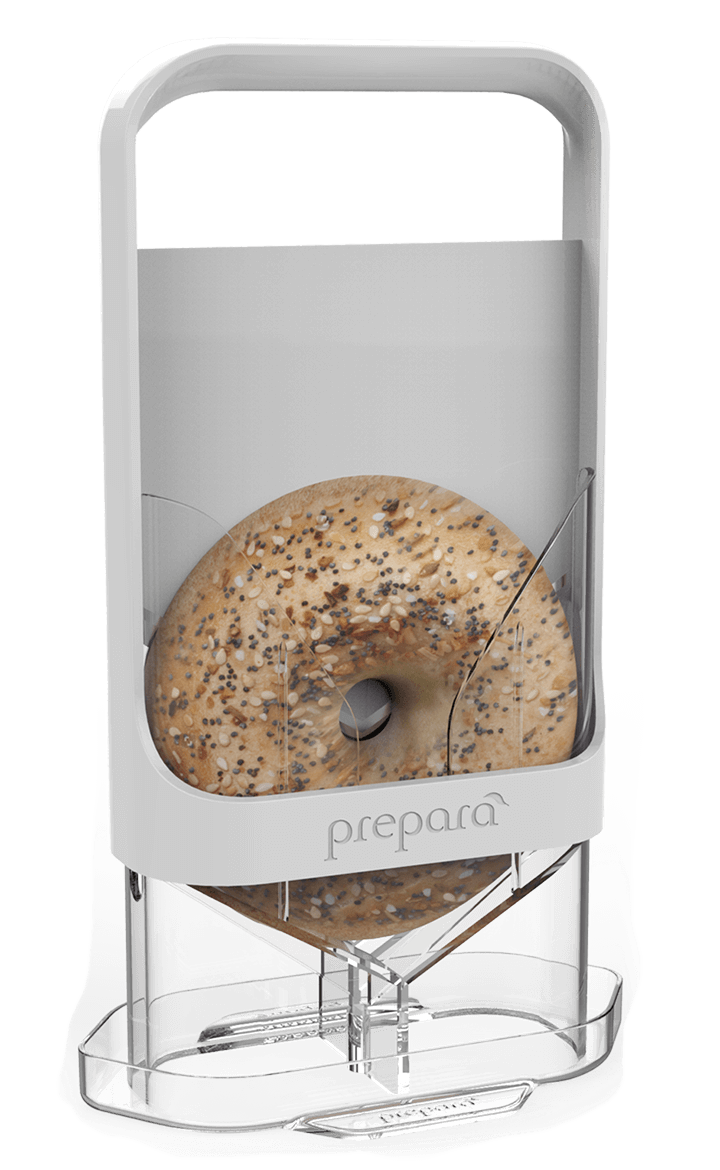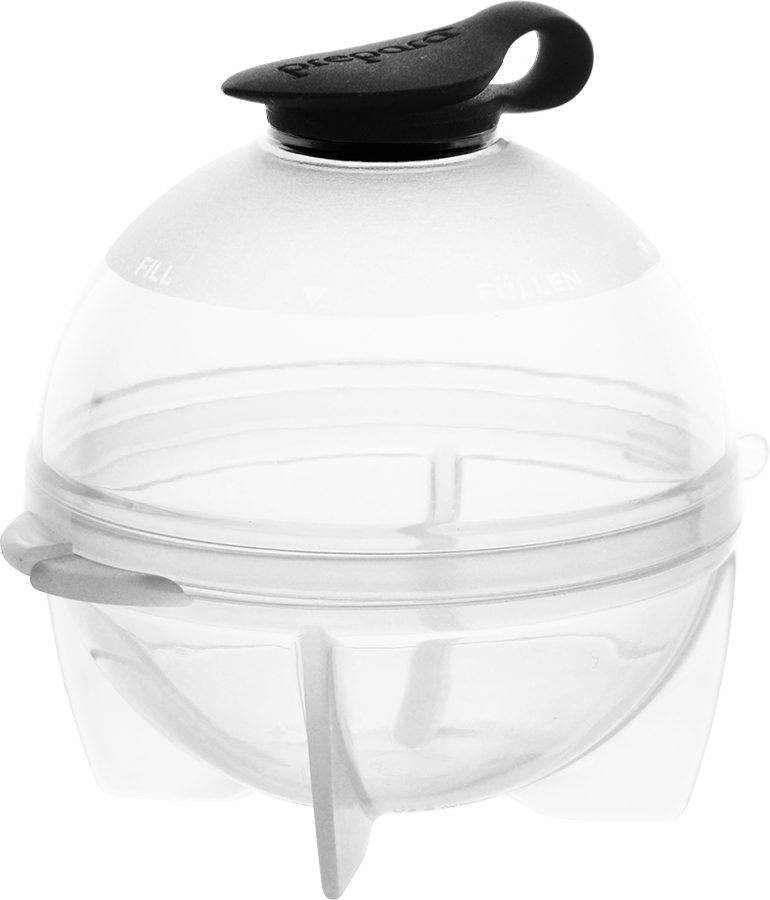Parents want the best for their children. That's why we carefully research every product they use and worry about whether they are attending an excellent school or if they are involved in enough extracurricular activities.
In addition to the ins and outs of daily life, parents also want to make sure their children are eating a healthy, balanced diet. When cooking at home, there are several tips you should keep in mind in order to offer your children the most nourishing foods.
1. Start the day off right with a nutritious breakfast

We've repeatedly heard the rule that breakfast is the most important meal of the day, yet many of us don't practice it. Children and adults need healthy food in the morning to fuel their body and minds.
It's a proven fact that children who eat breakfast perform better in school and are less tired and irritable. Although making a big breakfast of pancakes and eggs is not always possible, offering children quick options like fresh fruit, yogurt, and whole-grain cereal can be just as filling.
2. Replace bad fats with good fats
While butter and vegetable oil might add flavor and moisture to recipes, there are other equally satisfying fats that are better for the body. Extra virgin olive oil, canola oil, and coconut oil are all lower in saturated fat but can be used as a suitable replacement when cooking.
3. Whole grains are packed with health benefits

White bread and pasta is loaded with sugar and contains very few nutrients. In contrast, whole grains are packed with fiber, vitamins, and minerals which can leave children feeling full for a longer period of time. Whole-wheat bread and pasta, oatmeal, brown rice, barley, and buckwheat are all examples of healthy grains.
4. Sodium is hidden in places you wouldn't expect
It's recommended that salt intake should be limited to 1 teaspoon per day, yet many children consume much more than that. Sodium can hide in many foods that offer convenience, like canned soups, frozen dinners, and ready-to-eat snacks. Avoiding these foods and reducing the amount of salt you add to recipes can greatly benefit the body, especially the heart.
5. Vitamin B12 is crucial for the nervous system to function properly

Of the eight B vitamins, vitamin B12 is the most complex, yet it offers a multitude of health benefits. According to Rapid Tone, vitamin B12 is great for your metabolic functions, which are used to break down food and use them as energy or store them up as fat. Vitamin B12 also helps out various other systems in the body and allows them to work more effectively.
Making foods rich in vitamin B12 part of a daily diet can help reduce fatigue and weakness while also supporting the body's immune system and brain. Foods that are high in vitamin B12 include beef, poultry, fish, eggs, dairy products, fortified cereals, and nutritional yeast.
6. Baking is better than frying
Fried foods are high in saturated fat and calories which can lead to heart disease, diabetes, and other health problems. Baking requires less oil and grease which is a much healthier option, yet it imparts the same crispiness and flavor you get from fried foods. Oftentimes, a quick coating of canola oil cooking spray is all the fat needed to give dishes flavor and to keep them from sticking to the pan.
7. Overdoing it on the dairy products can have negative health effects

Dairy is an important part of a balanced diet, but too much of it can add many unneeded calories. Depending on your age, most of us only need 2 to 3 cups of dairy per day.
Fat-free or low-fat milk, cheeses, and yogurt are all good options. If lactose intolerance is an issue, alternative products include almond, rice, or soy milk. While dairy is an excellent source of calcium, other foods like leafy greens, beans, almonds, and fish are also rich in calcium.
8. Sneaking in fruits and vegetables is an easy task
Many children turn up their noses at the thought of eating a plate full of fruits and vegetables, but disguising them in recipes is actually quite simple. Blend spinach, bananas, strawberries, and other fruits with yogurt and ice to create delicious smoothies.
Finely chopped celery, carrots, and onions can be added to tomato sauce for a nutrient-packed pasta topper. Shredded lettuce on tacos, freshly squeezed orange juice, steamed broccoli with cheese sauce, and green peppers dipped in ranch dressing are a few other ways to get children to eat their recommended daily intake of fruits and vegetables.
9. Preparing healthy snacks in advance makes for smart choices later

Children often turn to prepackaged snacks that are loaded with sugar and sodium because they are easy to grab in a hurry. If you slice up fruit and place them in plastic bags in the fridge ahead of time they will be a simple on-the-go snack. Other ideas are:
- Squeezable yogurt.
- Whole wheat crackers with sliced cheese.
- Applesauce cups.
- Low-sugar cereal in plastic bags.
- Carrot and celery sticks.
- Trail mix.
10. Healthy, homemade desserts are acceptable in moderation
Everyone needs to satisfy their sweet tooth from time to time. Ice cream, prepackaged cookies, and store-bought cakes and pies can be full of fat and calories. Making desserts at home allows you to control the ingredients, thus eliminating a lot of the sugar.
Banana ice cream is an easy dish that can be created at home without a lot of hassle. Sliced, frozen bananas are blended in a food processor until smooth and creamy like ice cream. Topped with healthy options like sliced almonds, this nutritious dessert rivals its fat-laden counterpart. To make other desserts healthier, substitute applesauce for eggs and healthy oils for butter.

The most important thing to keep in mind when cooking at home is that there are almost always healthier alternatives for every recipe. If you take the time to do your research, prepare as much as you can in advance, and choose items that are low in fat and calories but high in nutrients, feeding your family a balanced diet is possible. Starting children on a healthy diet at a young age can lead them to make smart choices during adulthood.
Resources:


























